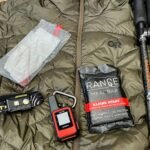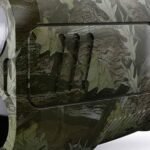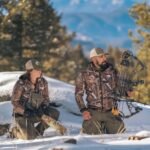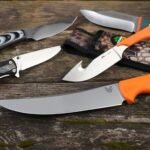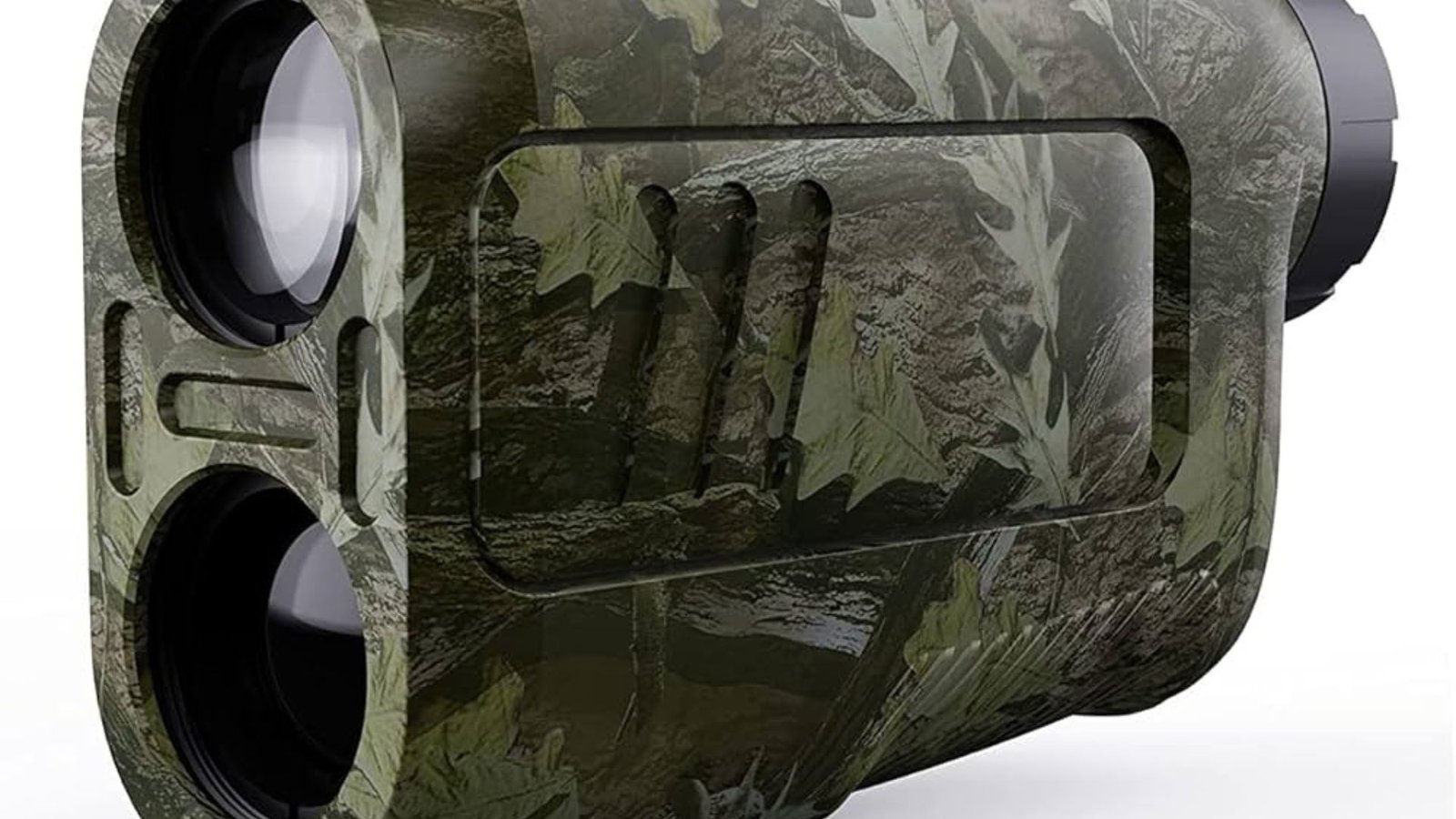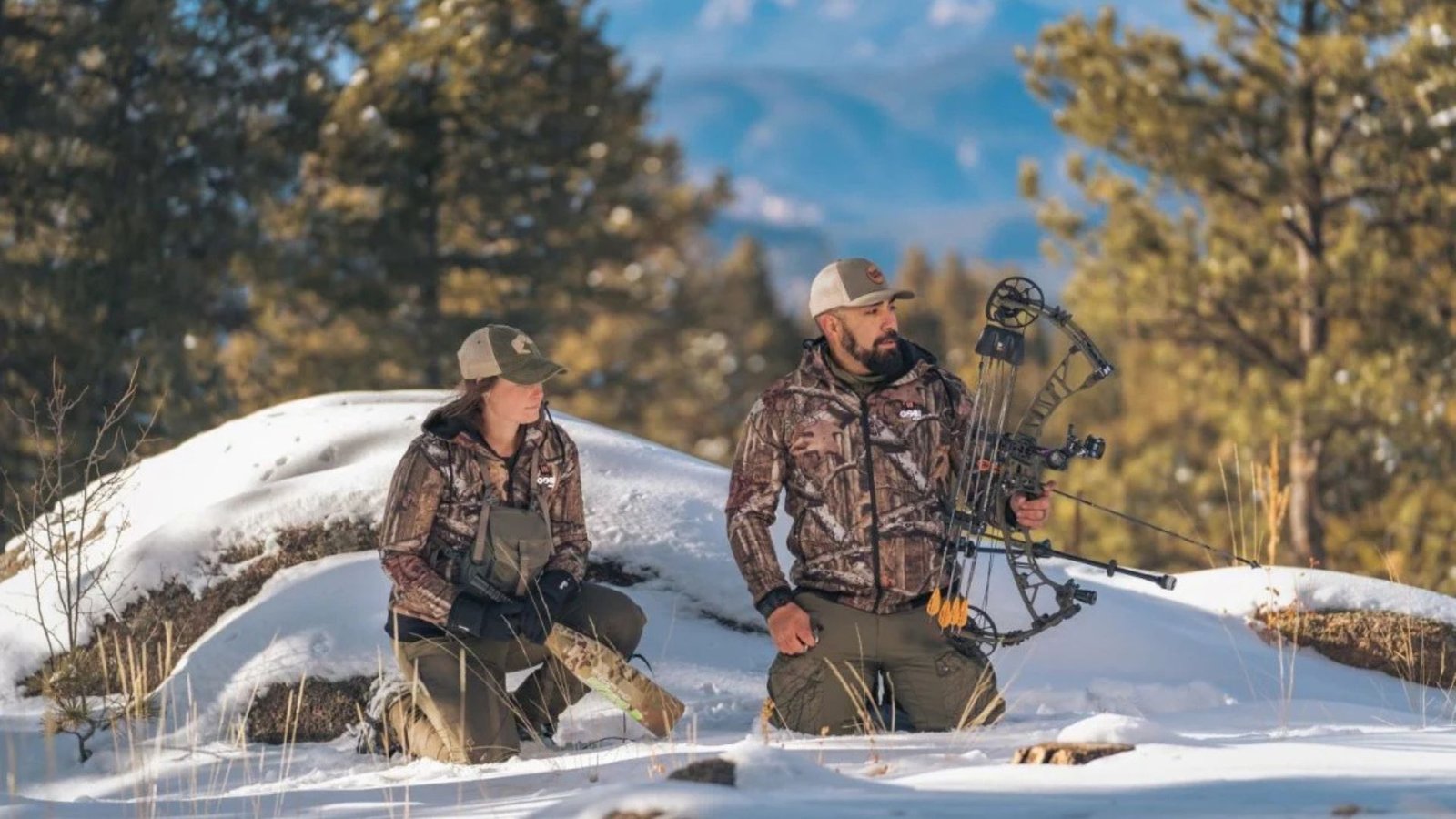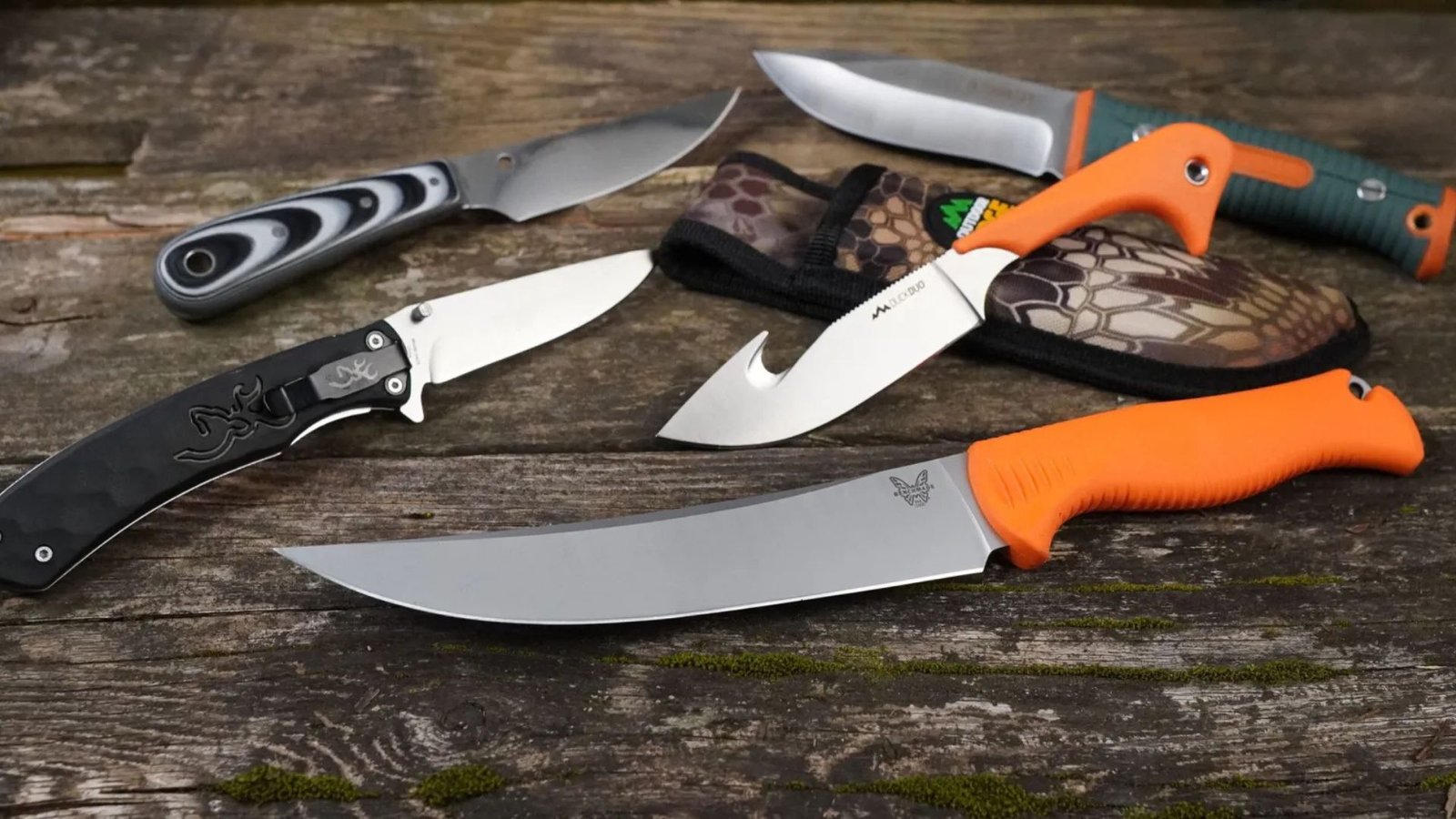Tracking deer in rocky terrain presents unique challenges. The terrain can be harsh and difficult to navigate, but with the right strategies, you can still successfully track deer. Tracking deer in rocky terrain requires a mix of patience, skill, and knowledge about deer behavior. In this article, we’ll share the key strategies to help you track deer in rocky environments and increase your chances of success.
Understand the Terrain and Deer Behavior
The first step in tracking deer in rocky terrain is understanding the landscape. Rocky areas can be tricky because they often have uneven surfaces, loose rocks, and cliffs that deer will avoid. However, deer are creatures of habit and tend to follow specific paths, even in rugged terrain. To start, pay attention to natural travel corridors that deer use, such as ridgelines, valleys, or narrow paths between rocks. These areas are often easier to traverse and are where you’ll find the most activity.
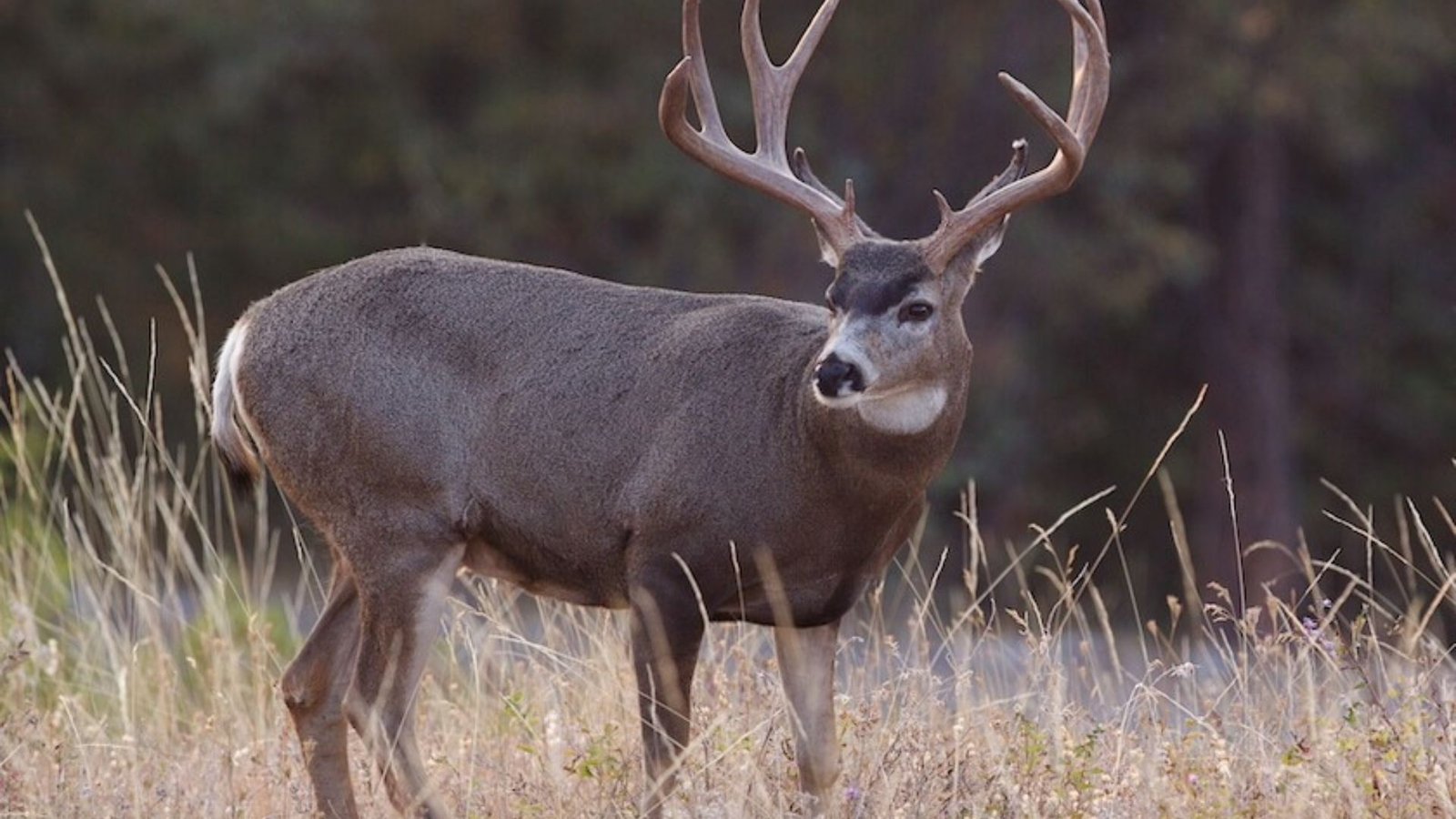
Look for Signs of Deer Movement
When tracking deer in rocky terrain, it’s essential to look for signs of movement. Deer don’t leave tracks as clearly in rocky areas as they would in softer ground, but there are other clues. Look for areas where deer might have disturbed loose rocks or dirt. Even in rocky terrain, deer will leave behind signs like fresh droppings, broken twigs, or scraped branches. Pay close attention to any place where the ground is disturbed, as these can indicate a deer has recently passed through.
Focus on Bedding Areas
Deer tend to bed down in areas that offer both cover and safety. Tracking deer in rocky terrain becomes easier if you know where these bedding areas are. Rocky outcroppings and cliffs are often used by deer for cover during the day, as these locations provide a good vantage point. Look for flattened areas of grass or disturbed vegetation that indicate a deer has spent time there. Even in rocky environments, deer need to rest, and these bedding areas can be key to finding them.
Use the Wind to Your Advantage
Wind direction is critical when tracking deer in rocky terrain. Deer have a very strong sense of smell, and if they catch wind of you, they will likely flee. To increase your chances of success, always approach from downwind. This means that the wind should be blowing from the direction the deer are expected to come, not from you to them. Using the wind to your advantage helps you stay undetected and increases the likelihood of encountering deer in your path.
Be Patient and Move Slowly
Patience is essential when tracking deer in rocky terrain. Rocky areas can be loud, especially when walking on loose stones or gravel, which can alert deer to your presence. Move slowly and carefully, listening for any sounds that might indicate a deer is nearby. If you rush, you risk making noise that will scare off any nearby deer. Instead, take your time and focus on moving as quietly as possible, using rocks and natural cover for concealment.
Use Binoculars to Scan the Landscape
One of the most effective strategies for tracking deer in rocky terrain is using binoculars to scan the landscape. Rocky environments often provide excellent vantage points where you can observe the surrounding area for signs of deer without getting too close. By using binoculars, you can scan large areas at once, looking for movement or the shape of a deer. This is especially useful in rocky terrain where spotting a deer from a distance can be difficult due to the uneven landscape.
Follow Water Sources
Deer need water, and in rocky terrain, water sources can often be the key to finding deer. Tracking deer in rocky terrain becomes easier if you know where the nearest streams, rivers, or ponds are located. Deer often travel to these water sources, especially in the hotter months, and you can use this to your advantage. Follow the flow of water, looking for deer tracks or signs of deer activity along the banks. Water sources in rocky terrain are usually well-hidden, but once you locate them, they become excellent areas for tracking.
Look for Rubs and Scrapes
Deer mark their territory in various ways, and tracking deer in rocky terrain is no different. During the rut, bucks will often create rubs on trees by scraping their antlers against the bark. These marks are easy to spot and indicate that a buck has been in the area recently. Similarly, scrapes can also be found around bedding areas or along travel corridors. Scrapes are typically created by deer as a way of communicating with other deer, and finding these signs can give you an idea of the deer’s movements.
Stay Quiet and Minimize Movement
When tracking deer in rocky terrain, silence is crucial. Any loud noise, even small sounds like rocks shifting underfoot, can alert deer to your presence. Move cautiously, keeping your steps light and deliberate. If you are forced to cross a particularly noisy section, such as a field of loose rocks, it’s important to move quickly and quietly to minimize the disturbance. Deer are sensitive to noise, and keeping things quiet can be the key to successfully tracking them.
Know When to Back Off
Sometimes, despite all your efforts, you may encounter a point where the deer are no longer in your range or have moved off entirely. Tracking deer in rocky terrain requires the ability to recognize when it’s time to back off. Continuing to push forward when the deer are spooked will only waste energy and risk scaring them further away. Instead, know when to give the deer space and come back at a later time. A calm and calculated approach often leads to better results than chasing the deer and disturbing the area.
Outdoor Adventures and Online Excitement
At Deer Tracks Ranch, we understand the thrill of the hunt and the excitement of the chase. That same spirit of adventure can be found in digital experiences like a casino online real money, where strategy and luck meet in an engaging environment. Whether you’re out in the wild or online, it’s all about embracing the moment. Responsible fun—indoors or out—makes every experience worthwhile.
Conclusion
In conclusion, tracking deer in rocky terrain requires a combination of patience, knowledge, and careful planning. Understanding the terrain, watching for signs of deer movement, and using tools like binoculars will improve your chances of success. Remember to be quiet, patient, and use the wind to your advantage. By applying these strategies, you’ll increase your chances of spotting and tracking deer, even in the most challenging rocky environments.



